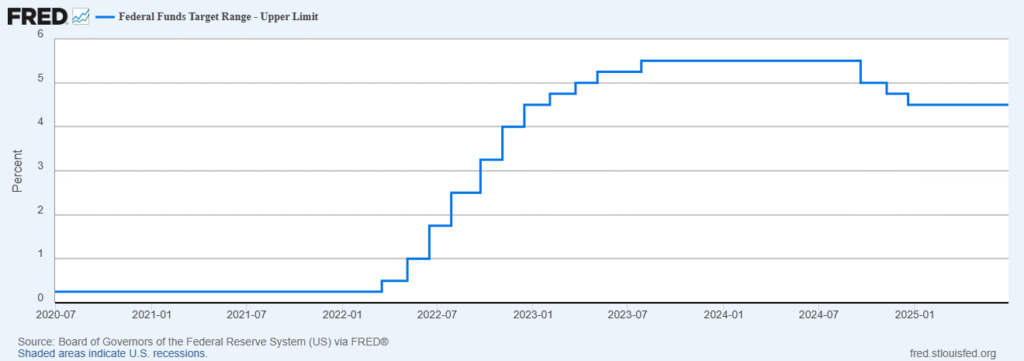The Federal Reserve 2025 stress test shows U.S. banks can endure a severe recession while maintaining required capital levels, highlighting the system’s resilience. Projected losses exceed $550 billion, but banks remain above regulatory thresholds.
U.S. Federal Reserve 2025 Stress Test: Big Banks Show Strength Amid Hypothetical Recession Scenario
In its latest annual stress test, the U.S. Federal Reserve Board concluded that the country’s largest banks are well equipped to withstand a severe recession. The results indicate that all 22 participating banks would remain above their minimum Common Equity Tier 1 (CET1) capital requirements, ensuring their ability to continue lending to households and businesses even under economic stress.
This year’s hypothetical stress scenario envisions a global recession marked by a significant downturn in real estate and labor markets. The scenario includes a 30 percent decline in commercial real estate prices, a 33 percent drop in house prices, and a sharp 5.9 percentage point spike in the unemployment rate, bringing it to a peak of 10 percent. Despite these adverse conditions, banks remained resilient.
Under these simulated conditions, the aggregate CET1 capital ratio across large banks dropped by 1.8 percentage points. This decline is smaller than in recent years, partly due to the less severe economic assumptions in this year’s scenario and volatility in the modeling process.

Earlier in April, the Federal Reserve proposed a rule to average stress test results over two consecutive years to mitigate volatility in the resulting capital requirements. If implemented, this rule would combine the 2025 and 2024 results, leading to a projected aggregate capital decline of 2.3 percentage points. The Board plans to address model volatility by seeking public comment on its modeling framework and scenario design later this year.
Vice Chair for Supervision Michelle W. Bowman stated, “Large banks remain well capitalized and resilient to a range of severe outcomes. One way to address the excessive volatility in the stress test results and corresponding capital requirements is for the Board to finalize the proposal that would average two consecutive years of stress test results, which was released in April.”
The cumulative projected hypothetical losses in this year’s stress scenario total over $550 billion. The largest components include $158 billion in credit card losses, $124 billion in losses from commercial and industrial loans, and $52 billion from commercial real estate.
Three major factors shaped the outcome of the 2025 stress test:
- Lower loan losses: The milder economic slowdown in 2024 and the countercyclical structure of the scenario resulted in fewer loan defaults compared to last year.
- Reduced private equity losses: The Fed improved its measurement of private equity exposures, aligning projections more closely with their actual risk profiles.
- Increased net revenue: Enhanced bank performance and unusual trading positions, as viewed through the Fed’s supervisory framework, helped offset projected losses.
Additionally, the Federal Reserve issued corrected results for the 2024 stress tests due to minor inaccuracies in the loss estimates for corporate and first-lien mortgage loans. These adjustments did not impact the aggregate post-stress capital decline for 2024.
The annual stress test is a critical tool used by the Federal Reserve to ensure the resilience of the U.S. banking system. It helps maintain public confidence, supports the economy, and promotes financial stability by ensuring that large banks can absorb losses during times of significant economic stress.
Disclaimer:
This article is based on official data released by the Federal Reserve Board. The scenarios described are hypothetical and do not reflect current economic forecasts. Past performance in stress tests is not a guarantee of future stability.

